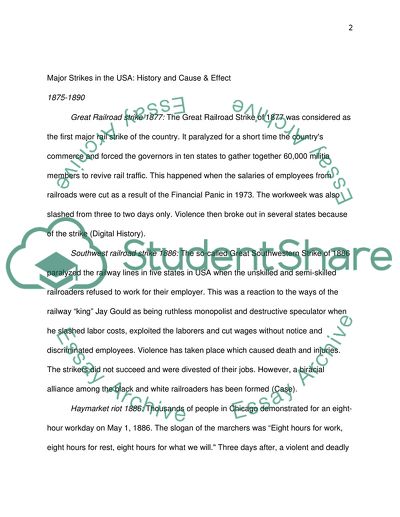Cite this document
(Causes and effects pf the major strikes in USA between late 18th and Coursework, n.d.)
Causes and effects pf the major strikes in USA between late 18th and Coursework. https://studentshare.org/sociology/1559387-causes-and-effects-pf-the-major-strikes-in-usa-between-late-18th-and-early-19th-century
Causes and effects pf the major strikes in USA between late 18th and Coursework. https://studentshare.org/sociology/1559387-causes-and-effects-pf-the-major-strikes-in-usa-between-late-18th-and-early-19th-century
(Causes and Effects Pf the Major Strikes in USA Between Late 18th and Coursework)
Causes and Effects Pf the Major Strikes in USA Between Late 18th and Coursework. https://studentshare.org/sociology/1559387-causes-and-effects-pf-the-major-strikes-in-usa-between-late-18th-and-early-19th-century.
Causes and Effects Pf the Major Strikes in USA Between Late 18th and Coursework. https://studentshare.org/sociology/1559387-causes-and-effects-pf-the-major-strikes-in-usa-between-late-18th-and-early-19th-century.
“Causes and Effects Pf the Major Strikes in USA Between Late 18th and Coursework”. https://studentshare.org/sociology/1559387-causes-and-effects-pf-the-major-strikes-in-usa-between-late-18th-and-early-19th-century.


